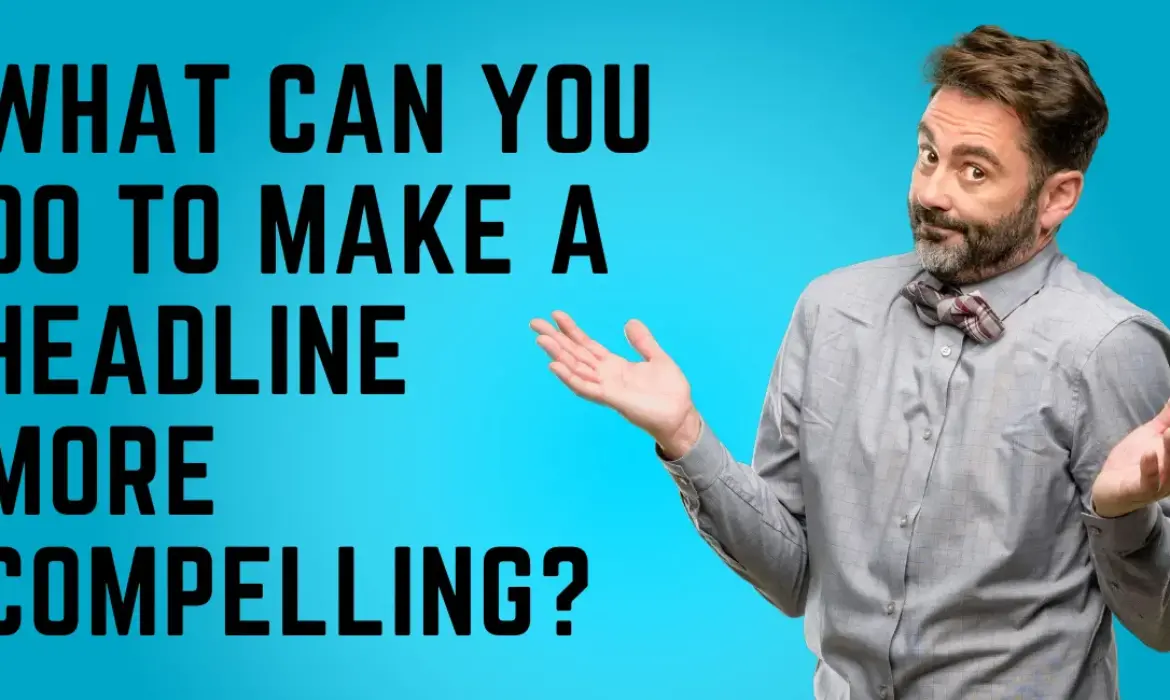Understanding the Power of Headlines
Crafting a headline isn’t just about slapping a few words together. It’s the first impression, the hook, the thing that decides if someone will stop and read or keep scrolling. Headlines matter. They hold immense power in the digital age where attention spans are as fleeting as a Snapchat story. But what makes a headline truly compelling?
Why Headlines Matter
thekansaspost.com are the gateways to your content. If your headline doesn’t grab attention, your content, no matter how brilliant, might go unnoticed. It’s like having an amazing party but forgetting to send out the invites. No one shows up.
The Psychology Behind a Great Headline
Great headlines tap into human psychology. They stir curiosity, promise value, or evoke emotions. A headline that triggers a “Hmm, interesting!” or a “Wow, I need to know more!” reaction is gold. It’s not magic; it’s science and art blended perfectly.
Elements of a Compelling Headline
Clarity
A compelling headline is clear. Readers should instantly grasp what the article is about. If they have to decode your headline, you’ve lost them. Clear headlines communicate the main idea straightforwardly.
Relevance
Your headline must be relevant to your target audience. Know who you’re writing for and tailor your headlines to their interests and needs. A headline about the latest tech trends won’t appeal to someone looking for cooking tips.
Urgency
Creating a sense of urgency can push readers to click now rather than later. Words like “now,” “today,” and “limited time” make readers feel they might miss out if they don’t act immediately.
Emotional Appeal
Headlines that evoke emotions are incredibly effective. Whether it’s happiness, anger, fear, or excitement, an emotional headline can make readers feel something, and when people feel, they act.
Crafting Your Headline
Use Strong Adjectives
Strong adjectives can spice up your headline, making it more vivid and appealing. Instead of “good tips,” use “essential tips” or “life-changing tips.” These words pack a punch and grab attention.
Incorporate Numbers
Numbers work wonders in headlines. “5 Ways to Improve Your Morning Routine” is more compelling than “Ways to Improve Your Morning Routine.” Numbers give readers a sense of structure and specific expectations.
Ask Questions
Questions in headlines can pique curiosity. “Are You Making These Common Grammar Mistakes?” makes readers wonder if they are guilty and pushes them to find out more.
Use Action Words
Action words make your headline dynamic. Words like “discover,” “explore,” “transform,” and “boost” suggest that your content will do something valuable for the reader.
Keep It Short and Sweet
In a world of short attention spans, brevity is your friend. Aim for headlines that are concise but still convey the main idea. Ideally, keep them under 70 characters to ensure they display well in search results and social media shares.
Testing and Refining Your Headline
A/B Testing
A/B testing involves creating two versions of a headline and seeing which one performs better. This method is effective for understanding what resonates with your audience. Try different wordings, lengths, or angles to find the winner.
Analyzing Metrics
Pay attention to the metrics. Look at click-through rates, bounce rates, and engagement levels. These indicators tell you how well your headlines are performing and where there’s room for improvement.
Common Mistakes to Avoid
Being Too Vague
A vague headline doesn’t give readers a clear idea of what to expect. “Tips for Better Living” is too broad. “10 Tips for a Healthier Morning Routine” is much more specific and enticing.
Overpromising
Don’t promise the moon if you can’t deliver. Overpromising leads to disappointed readers, which can damage your credibility. Make sure your content lives up to the headline.
Using Clickbait
Clickbait headlines might get the initial click, but they often lead to high bounce rates and annoyed readers. It’s better to create genuine curiosity rather than tricking readers.
Tools to Help You Create Better Headlines
Headline Analyzers
Tools like CoSchedule’s Headline Analyzer or ShareThrough’s Headline Analyzer can be invaluable. They evaluate your headline’s effectiveness and provide suggestions for improvement based on proven criteria.
Thesaurus and Synonym Finders
Sometimes, finding the perfect word is all you need. Tools like Thesaurus.com can help you find synonyms that might make your headline pop even more.
Real-World Examples of Compelling Headlines
Successful Headlines in Media
Look at top-performing headlines in major publications. For instance, “10 Ways to Boost Your Productivity” from a renowned blog captures attention with its promise of immediate, actionable advice.
Headlines in Digital Marketing
In digital marketing, headlines like “How to Increase Your Email Open Rates by 50%” work well because they offer a clear benefit and a specific figure, making the promise seem achievable and tangible.
Conclusion
Crafting compelling headlines is a skill that combines creativity, psychology, and a bit of science. By focusing on clarity, relevance, urgency, and emotional appeal, and by using tools and testing methods, you can create headlines that not only attract attention but also deliver on their promise. Remember, the headline is your first impression—make it count!

